The new Ambush Tundra, made by Bark River Knives, combines a classic blade design with an ergonomic handle that just won’t quit.
by Leon Pantenburg
I was not paid to write this post and bought this knife to review.
It’s really nice when a knife makers listens to customer feedback.
Over two years ago, I reviewed the Bark River Canadian. I loved the Canadian blade design in general, and that knife in particular, and used it extensively for everything from cleaning fish to whittling fire bow sets. But over extended use, the handle just didn’t work for my (glove size) large hands.
To quote me:
“The handle comes with finger grooves that fit my glove-sized large hands pretty well. I don’t particularly like the handle design because of that. The grooves were also commented on a couple of weeks ago when I showed the knife to several members of the Marion County (Oregon) Search and Rescue team. A couple of the pros mentioned that the handle grooves might limit who might be able to use the knife comfortably.”
In a Kalahari review last fall I quit beating around the bush, and got right to whining, sniveling and nagging:
“The (Kalahari) handle design is superb, and I’d like to see a Canadian LT with a Kalahari handle (hint, hint, hint!) The handle is long enough for me to use with my glove-sized large hands, and it was comfortable for long term cutting tasks. The knife would have been safe to use with gloves on in the cold. There is no guard on the handle, and this design doesn’t need one.”
I also wanted a thinner blade. IMO, a thick blade is rarely needed in actual use. With today’s super steels, you’d have to work really hard to break one in the field. In nearly a half-century of outdoor rambling, backpacking, hunting and fishing, I’ve never broken a blade.
So I got the Canadian LT with the thinner blade, and tried to get used to the handle. Still didn’t work.
Now, I’m sure I wasn’t the only one to lobby for a different handle design. Somebody was listening.
The Ambush Knives Tundra, made by Bark River Knives in Escanoba, Michigan, is exactly what I was hoping for: A knife with a thinner Canadian blade and an Aurora handle. The Tundra is a semi-production piece of cutlery that feels like it was custom made.
Here’s the specs:
- Blade Length: 4.5″
- Overall Length: 9.5″
- Blade Finish: Satin
- Blade Thickness: .156″
- Blade Steel: CPM 3V
- Weight: 6.7oz
- Made in the United States of America
- High Quality Sheath Included With Purchase
The good stuff
Handle: I have Kalahari handles on two BR hunting knives, the Kalahari and Sahara, and have used them extensively. I also have a micarta Kalahari handle on my Sportsman. The design fits my (glove size) large hands like it was designed for me.
The Aurora handle is similar to the Kalahari and slightly longer, and IMHO, perfect for this type of knife. Should you need to use both hands, for example, to split an elk ribcage, the longer handle length is much safer.
I got the basic green micarta handle, (and liked it so much, I later bought another with a walnut handle) because this knife was going to get some serious testing during my November elk hunt.
Turns out, the Tundra was used extensively in field dressing and skinning a bull elk, and it was everything I’d hoped for.
My experience is that micarta gets almost tacky when it gets wet with blood, viscera, fish scales etc. I haven’t had any problems with slippery handles. (Here’s another knife I use a lot.)
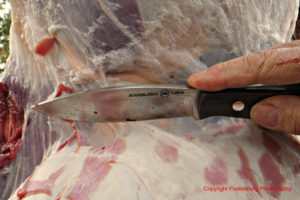
The Tundra makes a great skinning knife.
Blade design: I already used and liked the Canadian blade design, so there was no sales resistance at all. The hump in the spine takes about a minute to get used to, and then you wonder why you didn’t get a Canadian much sooner.
Few designs are better for those initial cuts, spine down, edge up, when gutting a large game animal. The hump helps keep the tip from puncturing intestines.
Steel: The Tundra’s CPM 3V is a super stainless steel that holds an edge forever. My most-used BR knife is my Sportsman fillet knife. It has a CPM 3V blade and is used constantly in my kitchen. It also gets heavy use for cleaning fish and cutting meat. The blade holds an edge incredibly well, and there is no evidence of staining. With reasonable care, this Tundra blade should always look good.
Spine: The spine is ground at 90 degree angles like an ice skate. This allows that edge to be used for scraping a ferrocerium rod or processing tinder. This other edge is frequently ignored, but it can be very valuable. (Think you need a guthook?)
Sheath: The leather sheath is a tried-and-true sharpshooter style. I like the style, and find it secures the knife very well. If you’re going canoeing or whitewater rafting, you may want to run a piece of paracord through the knife lanyard and the handy eyelet next to the handle.
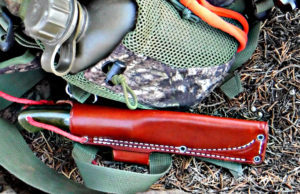
The Tundra comes with a sturdy leather Sharpshooter-style sheath.
Point: The drop point is a really good choice for an all around knife. On the Canadian, the point is about in the middle of the blade. This is handy for drilling hole in wood (think firebow) or field dressing big game. (Read about how to decide on the best knife point.)
Ticky stuff:
You read reviews to help you decide if you want to buy the knife, right?
Well, this is not a deal breaker by any means. I love the Tundra. But I would love it more if it had a full convex grind. The blade comes with a flat grind, with a slight bevel I don’t like. In side-by-side testing on the same elk, my Kalahari seemed to skin better than the Tundra. And, besides, I just like the full convex grind. Now that big game hunting season is over for me, the Tundra will be sent back to the factory for a re-grind.
Update May 9, 2016: Got my Tundra back from Bark River, re-ground with a full convex profile. Issue resolved.
So do you need an Ambush Tundra?
Personally, I haven’t NEEDED another knife in well over 30 years. I also don’t need spendy hunting trips in the backcountry, expensive elk tags or a new steelhead salmon rod. I don’t need a custom flintlock rifle so I can hunt squirrels, and I don’t need a handmade knife to skin them. I know the difference between needs and wants.
So while I don’t need a Tundra, I have wanted one for a long time. I can already see this becoming one of my go-to knives. For newcomers, the Tundra would be a solid equipment investment, and the knife you use for a long, long time.
BUY A TUNDRA.
Please click here to check out and subscribe to the SurvivalCommonSense.com YouTube channel – thanks!

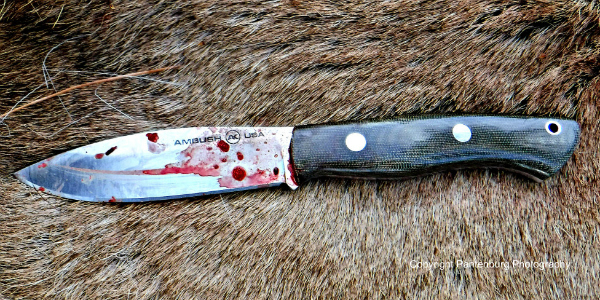
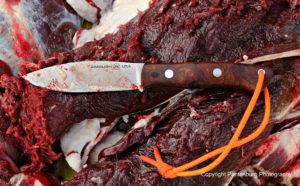
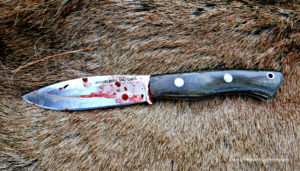
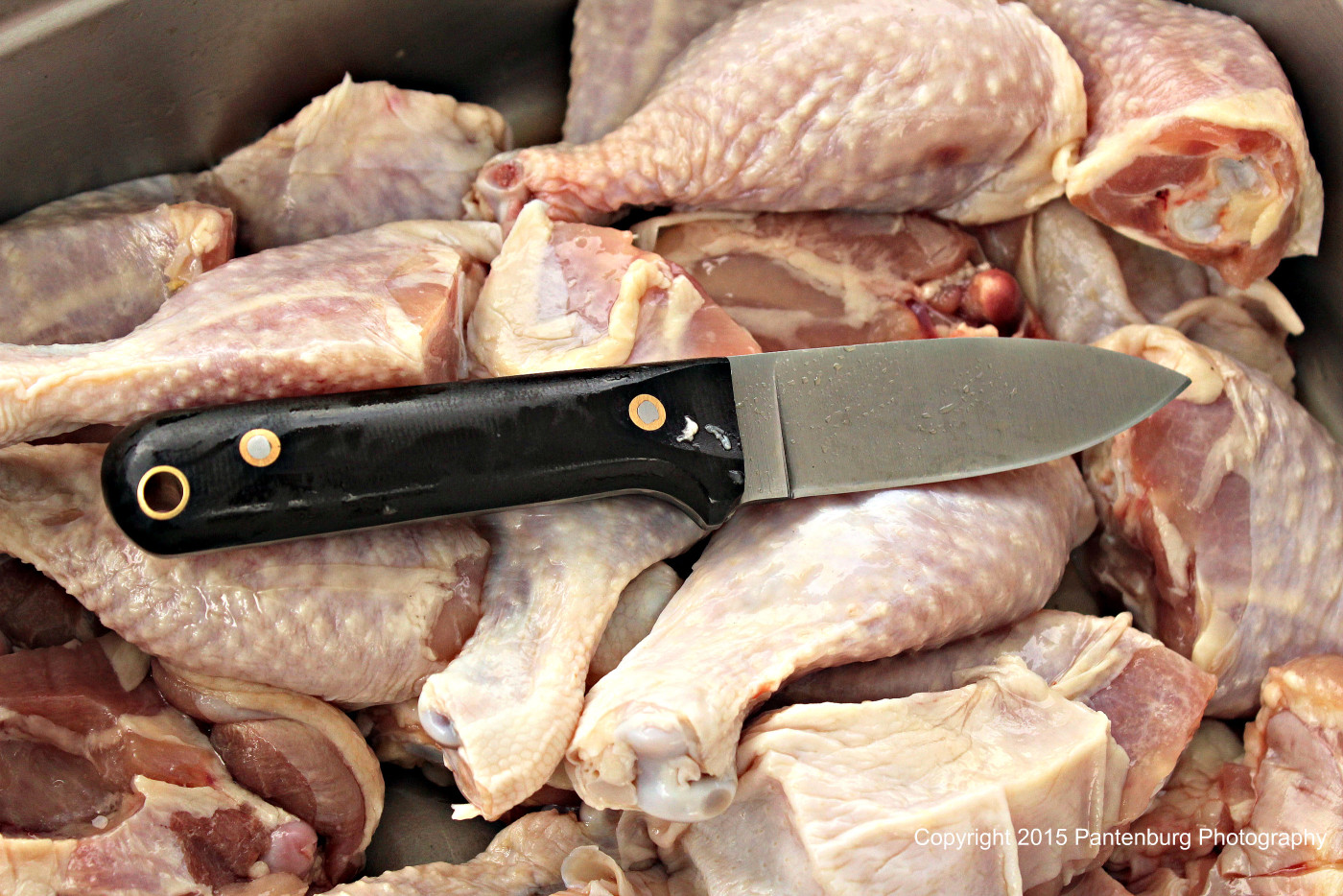

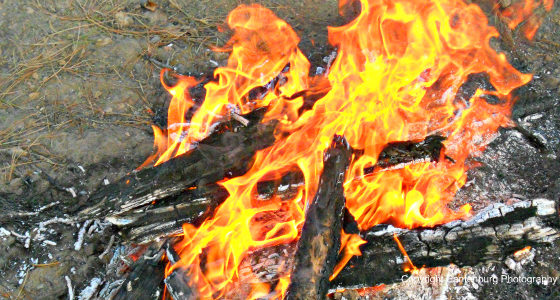
Leave a Reply